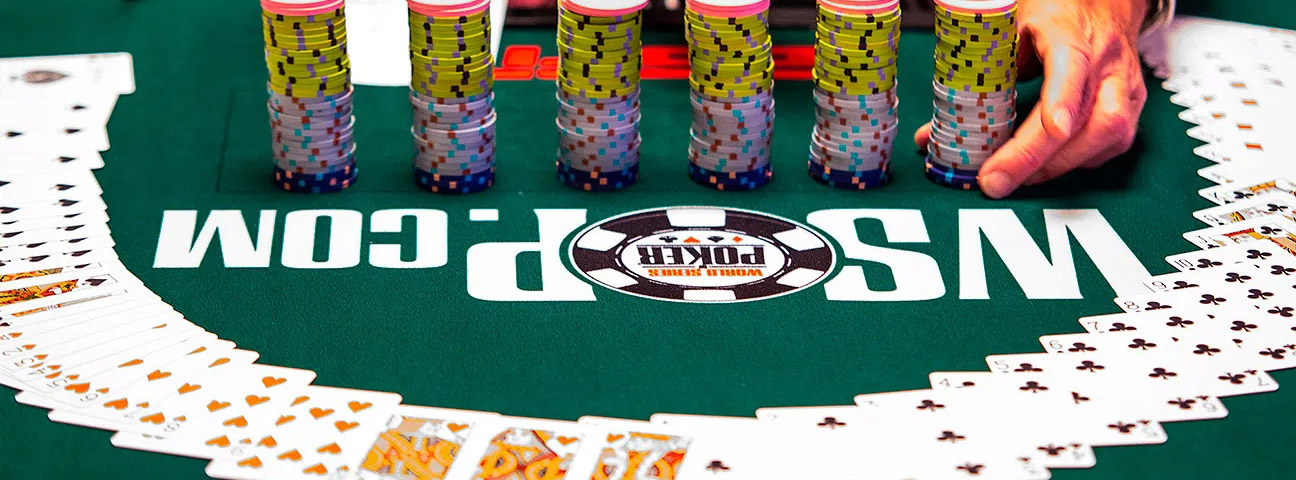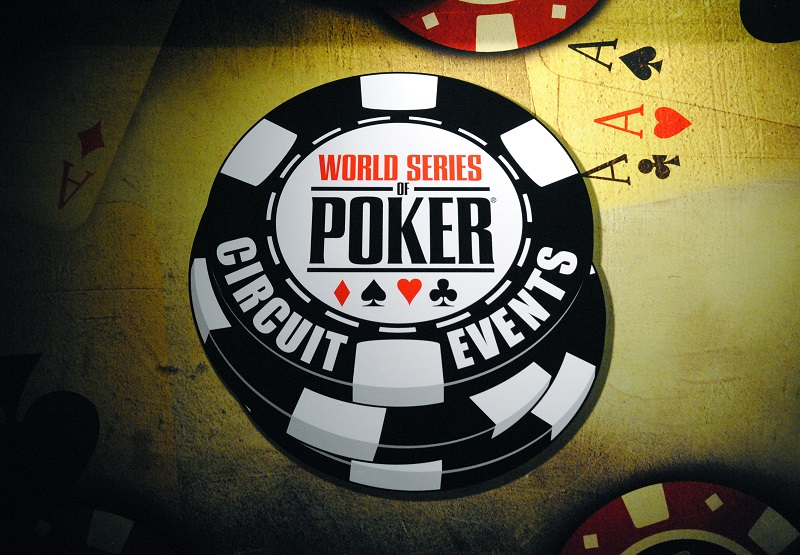
The game of poker has a colourful history that was associated with dusty saloons and gambling dens in the Old West. Cowboys and outlaws commonly looked to poker as a way to make a quick buck, and the fact that it built up a reputation as a shady activity didn’t help its image either. That’s a far cry from how poker is usually depicted today—professional poker players earn celebrity status, and the game itself is widely respected. It’s come such a long way that millions of people now even tune into televised poker tournaments such as the WSOP (World Series of Poker).
The Early Years of WSOP
The World Series of Poker started off with a bang in 1970, spearheaded by a man whose career essentially mirrored the world’s evolving perception of poker. Benny Binion set down roots as a career criminal in Texas, becoming involved in illegal gambling operations. Decades later, he moved to Nevada and successfully opened Binion’s Horseshoe Casino in downtown Vegas, taking full advantage of the legal gambling scene. When Binion gracefully invited seven world-class poker players to his casino for a tournament, the World Series of Poker was born. He effectively transformed the Texas Gamblers Reunion, a series of poker tournaments in 1969, into the WSOP.
Although WSOP was in the early days, the tournaments were already considered a spectacle full of raw energy. With the top poker players participating, it was the best time and place to see poker at the highest level. Oddly enough, the winner wasn’t the player with the most chips but whoever received the most votes from fellow players for skill and performance. And while the tournament did have the intensity we frequently see today, it was still done on a small scale with a limited number of events and participants.
When Poker Gained Traction
Casinos slowly began to grow into a much more structured and regulated entity, attracting a variety of visitors. There were professional gamblers, recreational players, tourists who visited these establishments to see what the fuss was about, and celebrities who gave these places an elevated reputation. Certain casinos became glamorous and high-profile, thanks to some calculated marketing, luxurious interior design, and the amenities and entertainment they offered. Poker was simply an integral part of any casino, with poker rooms and VIP spaces that gave anyone the opportunity to win big prize pots—so long as they had the talent to participate.
With poker putting on a new face, the sheer allure of becoming a professional poker player—or even better, a poker champion—was starting to look incredibly appealing. People held pro poker playing in high regard, and players realized their talent was valuable, so they sought out the biggest competitions in the world to get to the top. Years went by, and Harrah’s Entertainment (Caesar Entertainment) bought Binion’s Horseshoe Casino, which also earned them the rights to the World Series of Poker.
The WSOP continued to expand, hosting made-for-television events and expanding their tournaments with the World Series of Poker Circuit and into other continents and countries, including Europe, Africa, Asia, Latin America, and, most recently, the Bahamas. This once-intimate poker tournament successfully conquered the world. Everyone wanted in on the winnings and bragging rights and to truly test their mettle against the world’s most elite players.
From Tables to Screens: Making the Move Online
Despite the boom of online casinos, such as the many Bonus.ca instant withdrawal casinos, it was actually the pandemic that moved the WSOP online. The lockdowns and social distancing rules made it difficult to host regular tournaments and conduct business as usual, so naturally, the WSOP went virtual. Because online gambling laws aren’t consistent worldwide, they only welcomed participants who were geo-located in New Jersey or Nevada.
While this was only a temporary happening, it paved the way for poker players in New Jersey, Nevada, and Michigan to battle it out against each other without having to leave their homes. In a licensed and regulated online poker room, players can play for lucrative prize pools on whatever device they want. Poker was indeed one of the earliest casino games to make it online in the late 1990s and early 2000s, but it certainly wasn’t like how it is now. Games were conducted using HTML interfaces, and there was a glaring lack of regulation, but now we have the laws and safeguards in place to make online gambling a reputable activity for anyone of legal age to participate in.
The WSOP Legacy
It seems like every couple of years, the World Series of Poker makes another massive move or expansion in the scene. First-place prizes have grown to outrageous amounts (with the most recent winner, Daniel Weinman, winning 12.1 million USD in 2023), and the number of entrants has grown from just 7 in 1970 to 2,576 in 2004 to a record of 10,112 in 2024. The WSOP Poker Hall of Fame has inducted 42 players and produced some incredible records that will be hard to beat. It’s not just the WSOP that has grown, though, as it’s helped to evolve the reputation and prestige of poker.
These competitions demonstrate exactly how poker evolved from a mere game into a celebrated type of sport. The WSOP legacy continues to build, and it’ll carry on as a yearly pilgrimage for poker players around the world.
-
A look forward to the November NineNext >




